What is Sprint Technique?
Sprint technique refers to the biomechanical aspects of running, including body posture, stride length, arm movement, foot placement, and overall coordination. When sprinting, these factors must be synchronized to optimize performance and minimize the risk of injury.
Benefits of Sprint Technique:
Improved Muscle Activation and Efficiency:
Implementing proper sprint technique allows for optimal muscle activation and recruitment. By maintaining an upright posture, engaging core muscles, and coordinating arm and leg movements, athletes can generate more power with less effort. This improved muscle efficiency translates to faster sprint times and reduced strain on individual muscle groups, including the hamstrings.
Enhanced Stride Length and Frequency:
An efficient sprint technique maximizes stride length and frequency, enabling athletes to cover more ground in less time. By optimizing stride length through proper hip extension, athletes reduce the strain on their hamstrings and distribute the workload across the entire lower body. Additionally, increased stride frequency reduces the time spent with each foot on the ground, thereby minimizing the risk of hamstring injuries caused by overstretching during ground contact. Aiming to have a foot strike close to under your hip is usually the best starting position.
Balanced Muscle Development:
Sprint technique involves the engagement of various muscle groups throughout the body. This balanced engagement ensures that no single muscle group, such as the hamstrings, is excessively overloaded. Developing strength and coordination in multiple muscle groups promotes better overall body stability, reducing the strain on any one area and consequently decreasing the risk of hamstring injuries.
Improved Flexibility and Mobility:
Flexibility and mobility play a vital role in preventing hamstring injuries. Incorporating dynamic stretching and mobility exercises into sprint training can improve the range of motion in the hip flexors, glutes, and hamstrings. By increasing flexibility, athletes can achieve longer strides with reduced muscle strain, decreasing the likelihood of hamstring pulls or tears.
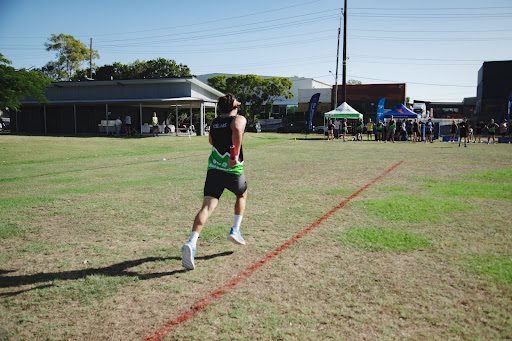
In the world of sprinting, mastering proper sprint technique is not only essential for optimal performance but also crucial in reducing the occurrence of hamstring injuries. By improving muscle activation and efficiency, enhancing stride length and frequency, promoting balanced muscle development, and focusing on flexibility and mobility, athletes can significantly decrease their susceptibility to hamstring strains and tears. Remember, sprinting is not solely about speed but also about maintaining a healthy and injury-free body. So, invest time in perfecting your sprint technique, and enjoy the many benefits it brings to your athletic endeavors.
Martin Brennan
Physiotherapist and Coach
PEAK Sports And Spine Centre
Let's get started — How can we help?
Physiotherapy

Chiropractic
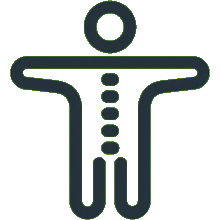
Podiatry
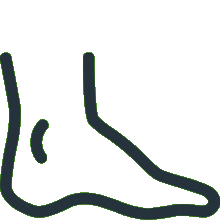
Massage Therapy

Women's Health Physiotherapy

Running Program Tailored To Your Goals

Joint Mobilisation

Active Release Technique

Exercise Prescription
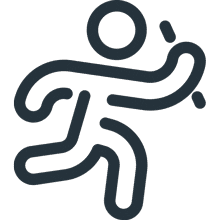
Real Time Ultrasound Imaging

Spinal Manipulation

Functional Movement Screen

Knee Pain Treatment

Hamstring Strain Treatment
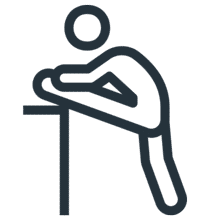
Hip Pain Treatment

Upper, Middle & Lower Back Pain

Neck Pain Treatment

Shoulder Pain & Rotator Cuff Tear

Can't find what you're after?
View all ServicesOr email the PEAK team at info@peakssc.com.au
Hawthorne
- Phone: (07) 3399 3318
- Fax: (07) 3319 6577
Address
5/171 Riding Road,Hawthorne, QLD, 4171 Get Directions
Opening Hours -
6 days per week
- Monday - Friday: 7:00 am - 8:00 pm
- Saturday: 7:00 am - 1:00 pm
To make a booking outside of business hours, please use our form by clicking here.
New Farm
- Phone: (07) 3399 4668
- Fax: (07) 3319 6577
Address
1/15 Lamington Street,New Farm, QLD, 4005 Get Directions
Opening Hours -
6 days per week
- Monday: 7:00 am - 8:00 pm
- Tuesday: 7:00 am - 8:00 pm
- Wednesday: 9:00 am - 8:00 pm
- Thursday: 10:00 am - 8:00 pm
- Friday: 7:00 am - 3:00 pm
- Saturday: 7:00 am - 3:00 pm
To make a booking outside of business hours, please use our form by clicking here.
